NORTTHERN QUOLL. News: Sighting of a Northern Quoll. Source: www.luxurylodgesofaustralia.com.au
The Northern Quoll is listed as Endangered under the Commonwealth Environment Protection and Biodiversity Conservation Act 1999
The Northern Quoll occurs in Queensland, the Northern Territory and Western Australia, where it is confined to a set of disjunct populations. Quolls are carnivorous marsupials and are susceptible to cane toad toxins, fire and introduced predators; foxes and cats. Local populations of northern quolls typically collapse soon after an area is colonised by cane toads. Cane toads now occupy about 60% of the prior range of northern quolls and are likely to occur across most of the rest of that range in the next 10-20 years. The spread of cane toads poses the greatest current threat to populations on a national scale, but declines have also been recorded in the absence of cane toads. The cause of declines in these areas are not clear but may be related to inappropriate fire regimes, clearing, habitat degradation through over-grazing, predation by feral and domestic animals and destruction by humans.
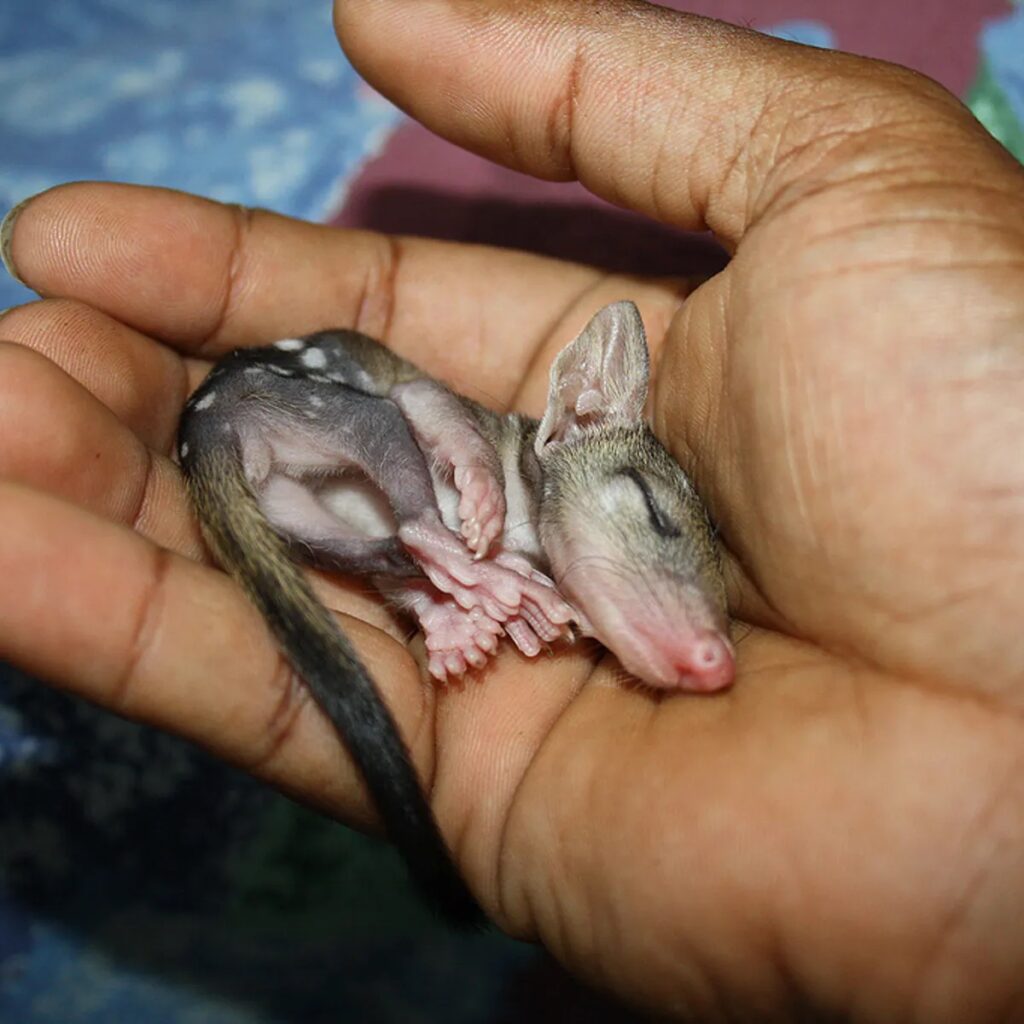
Northern Quoll populations have declined for various reasons, such as changed fire patterns and hunting by feral cats. The rapid decrease in recent years has been due to the spread of the cane toad into areas where Northern Quolls live.
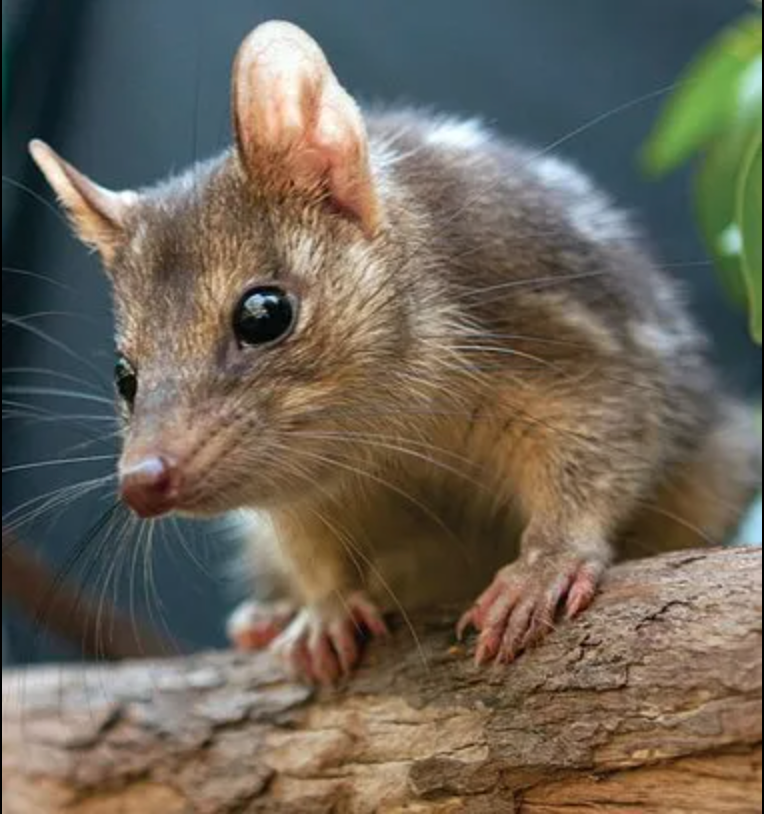
Your donation
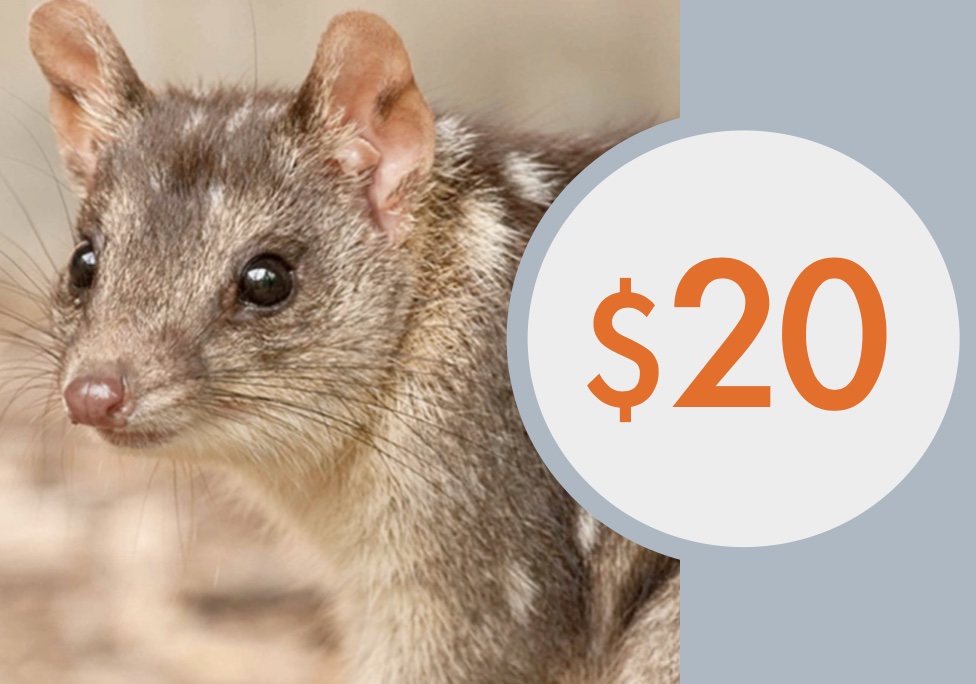
Mitigating threats – protecting key populations from colonisation by cane toads and cats (especially through quarantine of offshore islands) and include fostering the recovery of populations that have collapsed following cane toad arrival.

Mitigating threats – managing secure populations (including captive and translocated); identifying and managing the threats to the northern quoll in the absence of cane toads, and raising public awareness and support of the Northern Quoll.
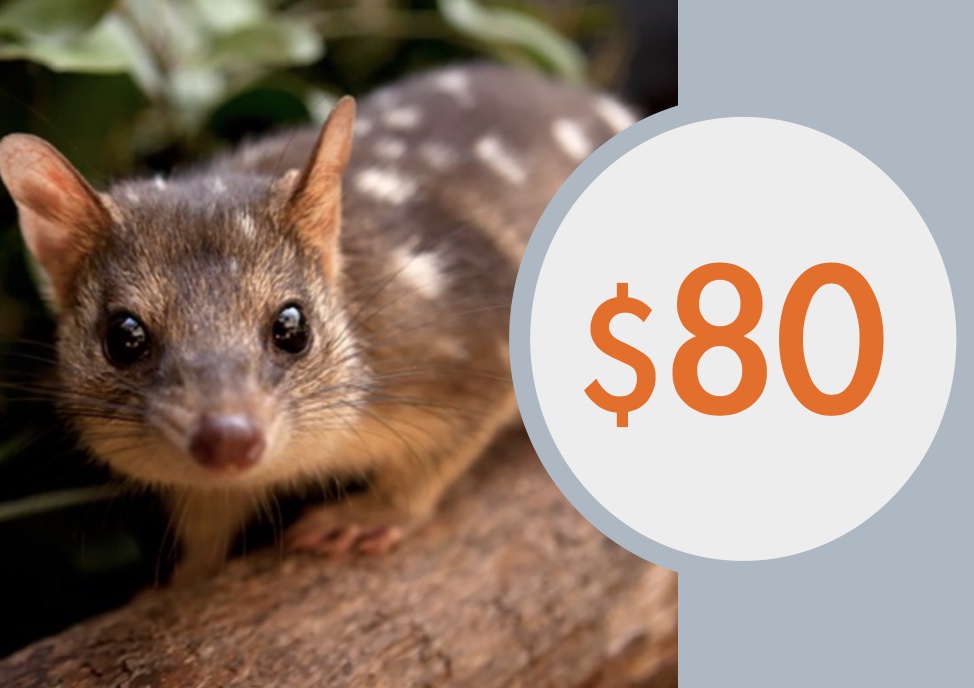
Mitigating threats – actions to minimise the rate of decline of the northern quoll in Australia and ensure that viable populations remain in each of the major regions of distribution into the future.
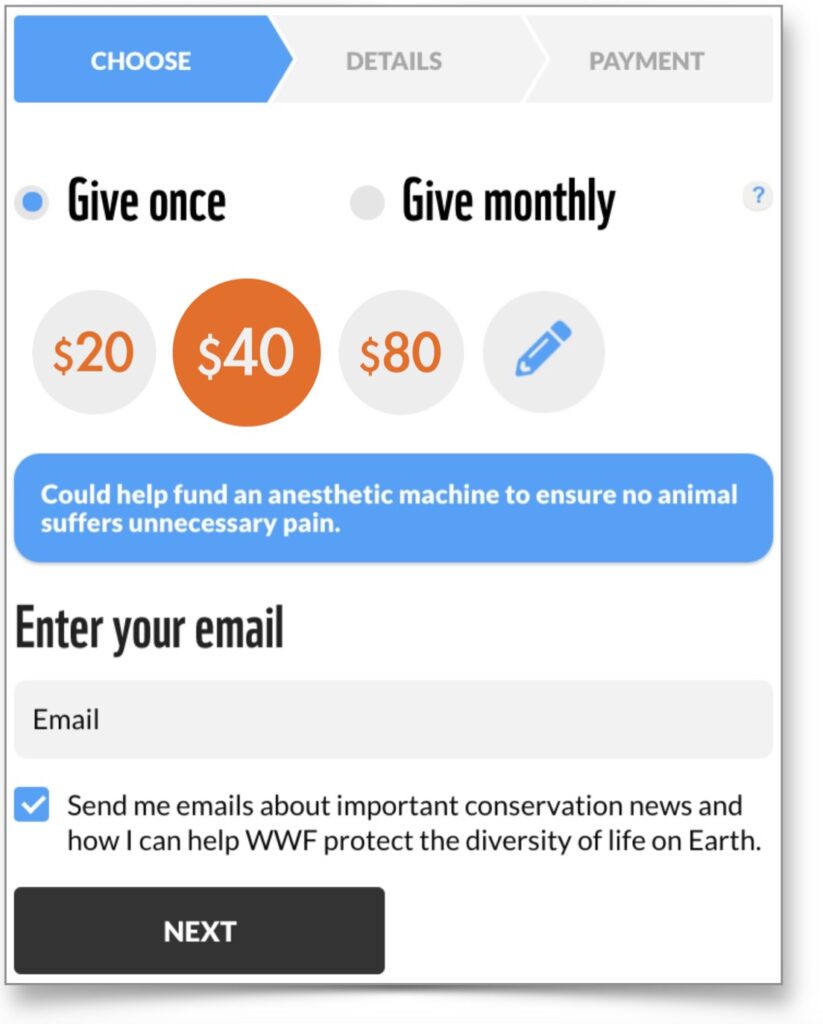
GENEROS is one of Australia’s most trusted conservation organisations.
At GENEROS, we work in Australia to protect endangered species and habitats, meet the challenge of climate change, and build a world where people live in harmony with nature. This would not be possible without financial support from our community. Thank you!

















